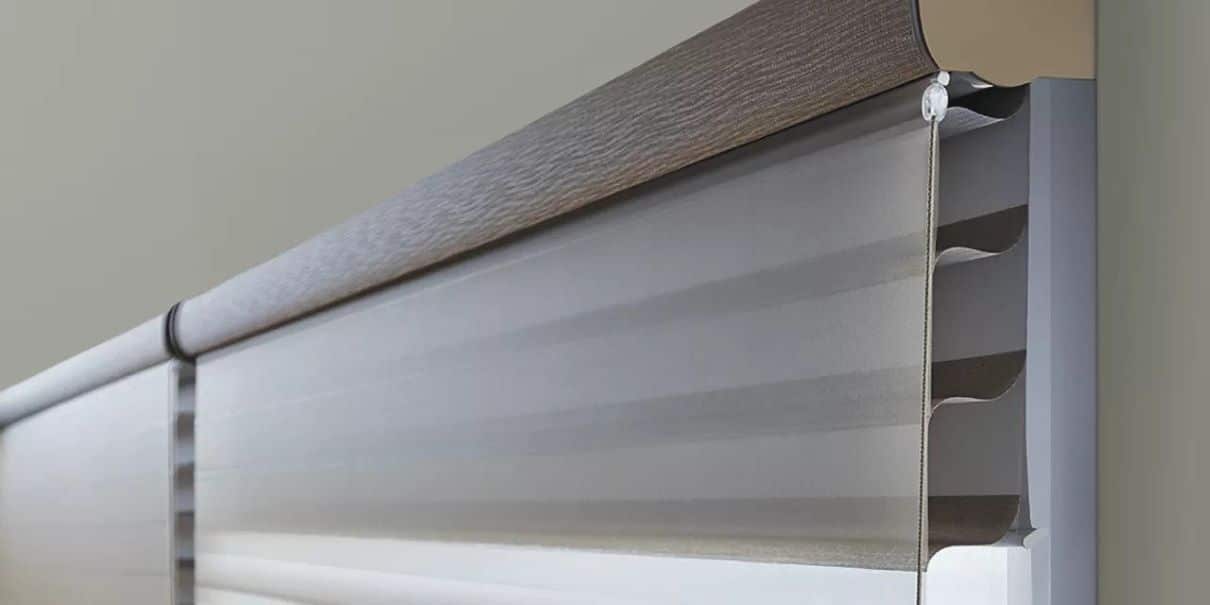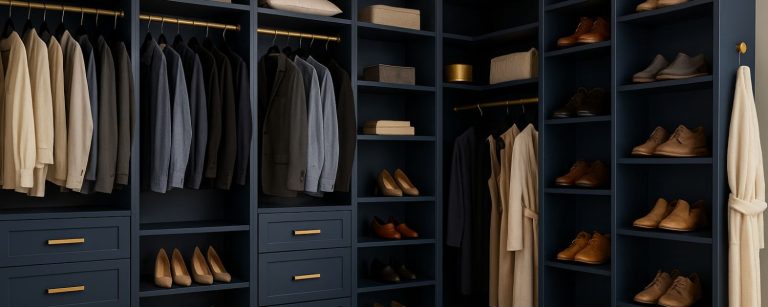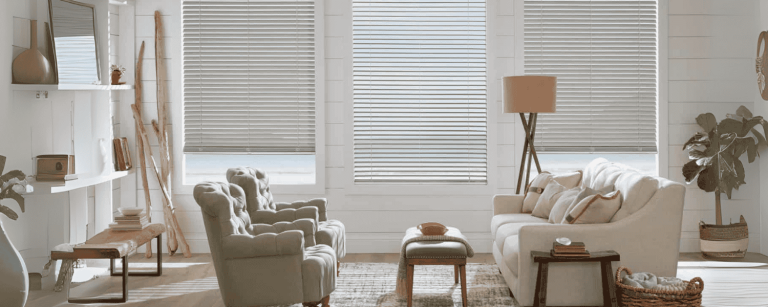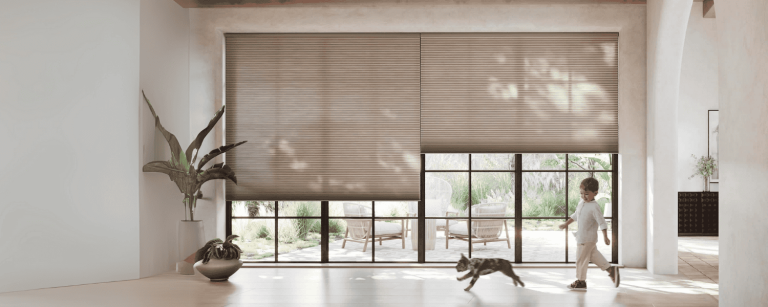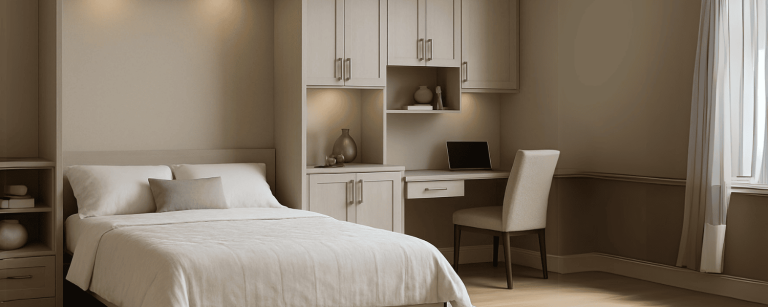A Guide to Getting Window Blind Measurement Right the First Time
If you’ve decided to install new or replacement blinds or shades in your home, the first and most important step is to understand how to measure windows for blinds accurately.
Knowing how to measure for window shades, how to measure for faux-wood blinds or how to measure for plantation shutters will ensure you get the right fit the first time.
While measuring windows for blinds is not difficult, it is easy to get it wrong, which can result in ill-fitting blinds, stress and additional expense.
Read on to find out why it is important to measure accurately, how to measure for inside mount blinds, how to measure for outside mount blinds and why using a professional fitter is a good idea.
Why Accurate Window Measurement is Important
If your window measurement is inaccurate, you could find yourself wasting both time and money:
- If the blinds are too small, there may be gaps at the sides or the bottom that will let in light and prevent complete privacy.
- If the shades are too large, they won’t sit inside the frame neatly or operate properly.
- Errors due to inaccurate measurements will need to be fixed at your cost.
How to Measure Windows for Blinds
Before you grab your measuring tape, one of the most important things to consider is whether you want or need inside or outside-mounted shades. These pros and cons will help you decide:
Inside Mount
Pros
- These shades sit inside the window casing, resulting in a neat, tidy finish. Ideal if you have decorative window molding you don’t want to be covered.
- A good choice if you have deep feature window sills.
- Work well paired with drapes.
Cons
- They stack in front of the window, which may block the view depending on the style chosen.
- The window casing must be at least 2 inches deep to accommodate the mounting bracket and tilting louvres.
- May not work if the window has protruding handles or locks.
- Won’t block as much light as an outside mount, as there needs to be a very small gap at the sides for smooth operation. However, there are some solutions to this, such as the Hunter Douglas LightLock, which is available with honeycomb-style shades.
Outside Mount
Pros
- The shade is mounted outside the window frame, completely covering the window opening.
- Can create the illusion of bigger windows.
- Good for blocking light as the material extends beyond the edge of the window.
Cons
- Requires up to 3 inches of wall space above the window on which to mount the brackets.
- Shades are more prone to being knocked or damaged, especially in high-traffic areas.
6 Simple Steps for Measuring Windows for Shades and Other Coverings
- Decide if you want to measure for the inside mount or outside mount – if you’re not sure at this stage, take measurements for both.
- Gather a steel tape measure, paper and pencil.
- When measuring, always record to the nearest 1/8 inch and always record numbers as W x H.
- Take the required measurements (see measurement guide below for different types of blinds) – always measure twice and record once.
- Remember to allow extra for headrails and mounts.
- Measure every window – don’t assume they are the same size.
Window Measurement Techniques
Follow these measurement techniques to be sure of a good fit. If you are unsure what style of window covering you want, use the general measurement technique as a starting point.
General Window Measuring Process
These techniques should be used for horizontal blinds and shades including honeycomb and faux wood styles – or used as a general base measurement.
Measuring for Inside Mount Blinds:
- Measure inside the window frame.
- Width – measure the top, middle and bottom of the window. Record the narrowest width.
- Height – measure the left, middle and right of the window. Record the longest height.
Measuring for Outside Mount Blinds:
-
- Measure the area that you want the blind to cover.
- Width – Measure across the top of the window, allowing at least 1.5 inches extra on either side of the window to prevent light leakage.
- Height – Measure from where the headrail will be to the sill. Allow 1.5 – 3 inches at the top for the mounting hardware.
Measuring for Roller, Solar and Roman Shades:
Inside Mount:
- Width – Measure at the top – it’s the most important. You will, however, still need to measure in three spots all the way down.
- Height – Measure from the top of the window to the sill.
Outside Mount:
- Width – Measure at the top allow at least 2 inches extra on either side for light blockage
- Height – Measure from above the window, allowing 1.5 – 3 inches for mounting hardware to the sill or your preferred length.
Measuring for Vertical Blinds:
Inside Mount:
- Width – Measure at the top of the window only.
- Height – Measure at the left, centre and right – use the shortest measurement.
Outside Mount:
- Width – Measure to the outermost width required.
- Height – Remove a 1/2 inch from the length to allow for floor clearance.
Measuring for Plantation Shutters:
Inside Mount:
- Start by taking diagonal measurements to check if the window is square. (If not, inside mount shutters will not be suitable).
- Measure using the general technique for an inside mount.
Outside Mount:
- Decide if the shutters will be mounted to the trim or the wall.
- Measure width and height accordingly.
Tip: Don’t be tempted to adjust the width to allow ‘space’ for the shade to operate. Professional custom blind companies know how to measure blinds to fit your window accurately based on your chosen style.
Benefits of Using a Professional Window Blind Measurement and Fitting Service
As you can see, there is more to measuring windows for blinds than you may have thought. If in doubt, always get your windows measured by a professional. This is beneficial for many reasons, including:
- Guaranteed accuracy – if they get it wrong, they will remake the blinds.
- They account for hardware when measuring.
- Adjustments for proper functionality are allowed.
- They will ensure the installed product fits and works properly.
- Most good professional window covering and installation companies provide a guarantee and warranty – making it a stress-free experience for you. Ruffell and Brown stand behind our one-year warranty on all our professional installations.
Ruffell and Brown – Accurate and Professional Blind Fitters
At Ruffell and Brown, our team of professional fitters understands how to measure accurately, whichever type of shades you choose. Custom window coverings from Ruffell and Brown always include window measurement and installation to ensure you get a product that looks and works right – the first time.
If you’re looking for new or replacement blinds but are unsure of your window measurements, stop into our Victoria, BC, showroom or contact us today.


